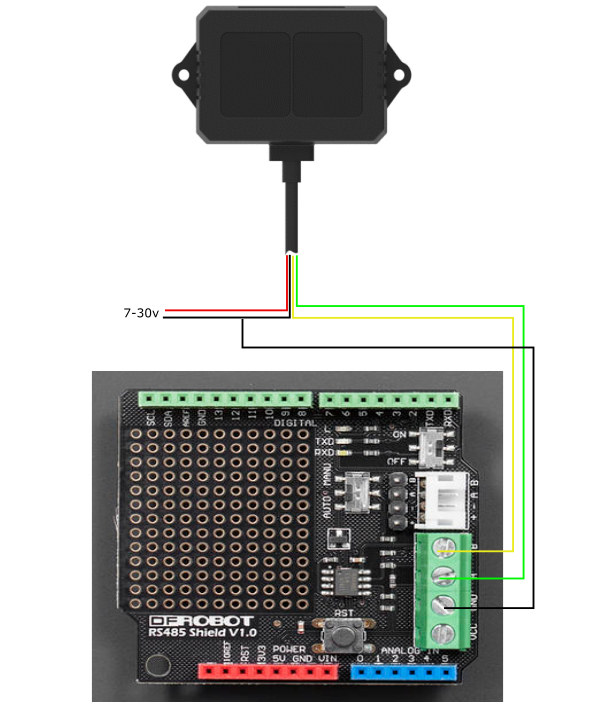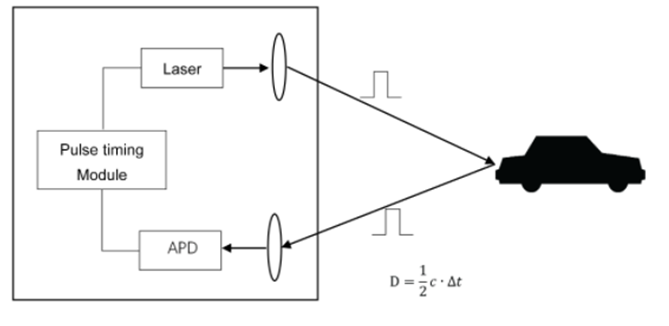
TF02-i ToF Single-Point Ranging Solid State LiDAR Sensor (40m, RS485, IP65)
Tutti i prezzi sono IVA inclusa
TF02-i LiDAR is an industrial-grade medium-range ToF single-point ranging solid state sensor. Its maximum detection range can reach up to 40m and it has an adjustable frame rate with a maximum of 1KHz. This TF02-i solid state lidar is compatible with RS485 interface, it can be widely used in the Industrial fields of UAV height fixing, intelligent transportation, intelligent parking, intelligent agriculture, etc.
.png)
High Performance
More Suitable for Industrial Application
Easy to use
The TF02-i TOF LiDAR can be used on the Arduino UNOR3 through the TTL to RS485 Shield, and it can also be used on the Raspberry Pi through the USB to RS485 module. Those two ways provided by DFRobot can make TF02-i LiDAR simpler to be used.

How does TF02-i LIDAR work?
TF02-i is a single point LiDAR, which is based on Pulse Time of Flight (PTOF).
It adopts an incoherent energy receiving mode, and the detection is mainly based on Pulse counting. TF02-i emits a narrow pulse laser, which is collimated by the transmitting lens to form a collimated light, which enters the receiving system after being reflected by the measured target and is focused on the APD detector by the receiving lens. The time between the transmitted signal and the received signal is calculated through the circuit amplification and filtering, and the distance between TF02-i and the measured target can be calculated through the speed of light.




